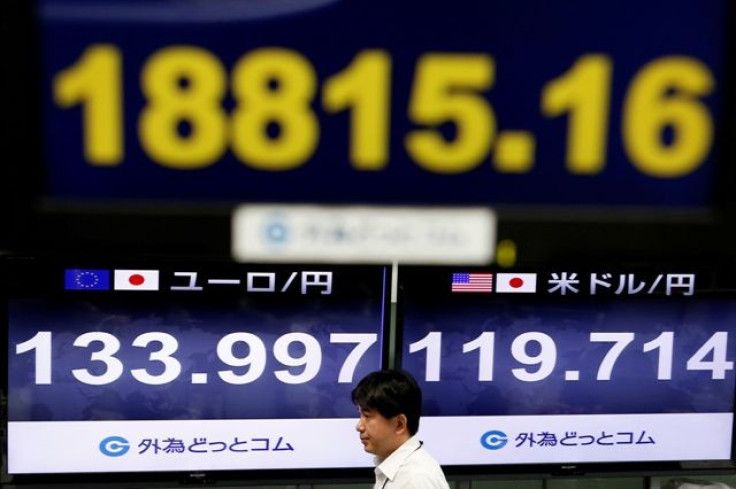ABS trade reports: robust increase in Australia’s non-resource exports cushions dip in resource exports

According to the latest trade reports released by the Australian Bureau of Statistic, Australian trade in goods and services fell by 4 per cent to $319 billion between 2014-2015, although non–renewable resources exports experienced extensive growth in the same period to cushion lower resource export earnings.
The value of services exports grew 9 percent to AU$63million since June last year, while rural exports increased by 7 per cent to $43 billion and manufacturing exports increased by 4 per cent to $44 billion. However, In 2014, iron ore exports fell 5 per cent to AU$66 billion whereas coal fell about 5 per cent to AU$38 billion - a reflection of lower commodity prices, which drove the total resource export value down by 14 per cent to AU$143 billion.
A 22 percent increase was seen in natural gas exports, which was valued more than AU$17 billion, and a 13 percent increase in education-related travel services, which was valued at AU$17 billion. Meanwhile, personal travel services exports grew more than 8 percent to AU$14 billion. Merchandise exports to key trading partners also grew last year, compared to the earnings of 2013-14.
Meanwhile, Australia’s imports rose 2.3 per cent, amounting to AU$337 billion in value terms. However, import volumes decreased by 1.7 percent.
In the case of Australia's trading partners, China topped the list by constituting almost 23 percent of the total two-way trade valued at AU$152.9 billion. Japan comes second with the trade between the countries valued at AU$70.3 billion, followed by the United States at AU$60.4 billion.
Trade minister Andrew Robb believes that the end of the resources boom would help in developing a larger trade growth base and the reports point towards the transformation that has already begun in different sectors. “The increase in non-resource exports highlights the trade opportunities available to Australian exporters in these industries,” he said.
He added that growth prospects in a wide range of sectors such as tourism and hospitality, education, banking and financial services, and health and aged care, lie ahead. “The conclusion of trade agreements with Japan, Korea and China will enhance opportunities for broadening our export base,” he said.
Contact the writer at feedback@ibtimes.com.au, or let us know what you think below






